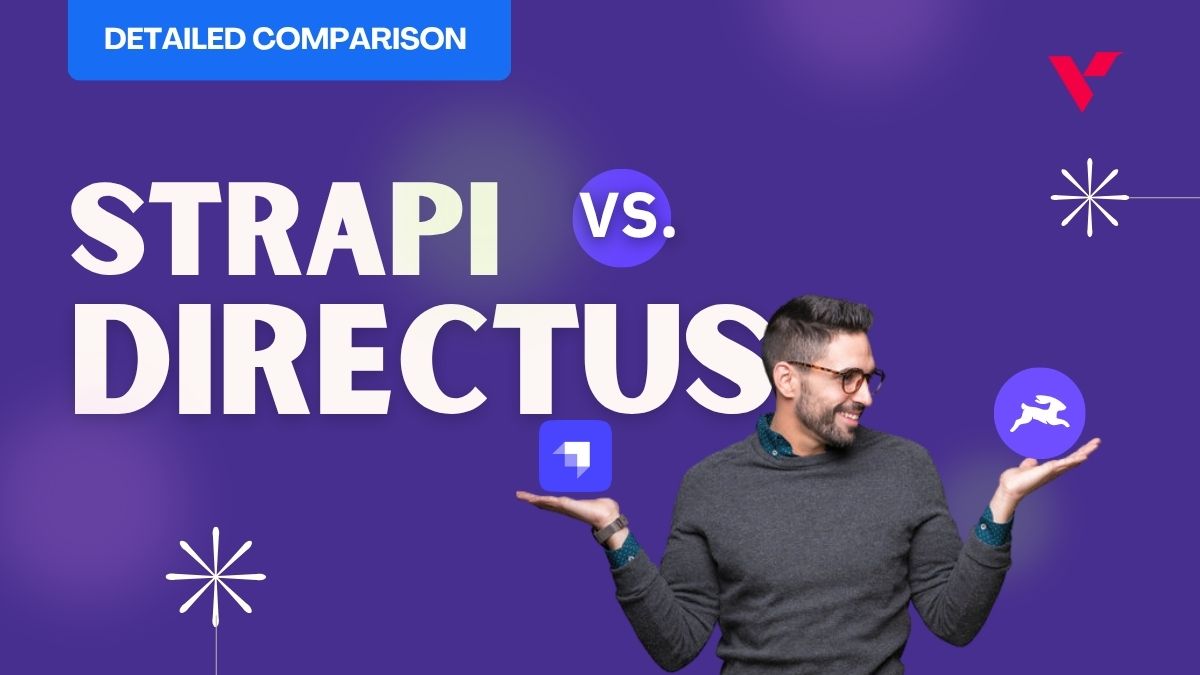There has been a whopping 254 billion Android app downloads in 2017 alone. While Android apps are showing all this rage, not all apps share this success story. Mostly the social media, lifestyle, games and Google Apps are leading the scene. This is a clear indication of where Android apps can draw their inspiration from.
As the demands are skyrocketing, fast-paced development with simplified and straightforward development process is becoming a key factor. App developers are constantly on the lookout for best design innovations and rewarding user experience. While some technology integrations like AI, Virtual and Augmented Reality will continue, Android app developers have found new programming languages and cutting-edge techniques to make the job easier.
Here are some of the latest Android app development trends emerged in 2018.
Table of Contents
1. Kotlin
Developed by JetBrains developers and first revealed as an official language during the Google IO 2017, Kotlin emerged as a comparatively recent programming language that is capable of working on the Java virtual machine. Some of the key advantages of Kotlin include the following.
■ Kotlin works with Java.
■ It comes with good safety protocol.
■ It offers quality extension function.
■ It comes equipped with Lambdas.
■ It comes with data classes.
It nutshell to describe, Kotlin offers an extensive range of features common to a modern programming language for building the Android apps. Having full support for Android Studio 3.0, it is adequately equipped to build high-performance Android apps. It is rich with extension tools to make the Android app development further easier.
Read Also – Latest Trends to Monitor for Mobile App Development
2. Room Persistence Library
Room Persistence Library is a database library and component of Android Architecture. As an abstract layer, it helps to build queries using SQL easily and makes it easier for developers to split the description into various parts. The Room has emerged as a data architecture component for high-performance coding.
3 main components make up the Room, as described below.
i. Database: It is the component to hold the database within.
ii. Entity: This component is for representing class within the database
iii. DAO: Data Access Object (DAO) is basically a component to represent an interface. This is the principal component that defines methods allowing access to the database required for rendering the user interface.
The room is also a library which is versatile to allow easy integration with the RxJava and the new Live Data.
There is the vast majority of Android Apps that need to deal with huge volumes of structured data continuously. These apps get irrevocably benefited by Room as it allows persisting with this data locally. While maintaining caches is a concern to allow access to relevant information without an active network, Room as a Persistent Library comes as a great benefactor. But offline work the changes and interactions initiated by the users are updated to the server whenever the network is available and the user gets online.
Read Also – How To Make Money Selling Mobile Apps To Local Businesses
3. ObjectBox
ObjectBox brings the best of NoSQL server databases for mobile app developers. The database is built to give a boost to the app performance. ObjectBox released last year by GreenRobot is a performance-driven mobile NoSQL database that offers a powerful API to work on various objects such as GreenDao and Realm. The key attribute of the database is its support for Multiversion Concurrency Control (MVCC) to allow concurrent and extremely safe transactions through online apps.
ObjectBox is also a very flexible programming language which is fully compatible with latest development trends and languages like React programming, Kotlin programming language and other latest components in Android Architecture.
5 key reasons that make ObjectBox a powerful language for Android app development include the following.
i. Fast-paced development: Fast paced development and speed are two key motivations behind building ObjectBox. When tested, it easily leaves behind most embedded databases we tested as of now.
ii. Object-oriented API: ObjectBox is a kind of database that does away with rows, columns and SQL. It is a database that can be used for building objects from the basic level. Compared to SQLite it just uses only a fraction of the code.
iii. Instant testing: The database coming equipped with a multi-platform capability allows you running instant unit tests on the desktop.
iv. Flexible to work with all threads: ObjectBox can build objects that can easily work with all threads without any attachment of strings.
v. Automatic updating of new object names and properties: With ObjectBox the developers do not need to update the objects manually with new names and properties. The updating of the new names and properties of entities takes place automatically.
Read Also – Mobile-First Website vs Native Mobile Apps
4. MVVM Pattern
Every developer faces the challenge of ensuring a clean architecture by separating modules with the help of design patterns. Well, MVVM has emerged as one of the most sought-after design patterns capable of making UI code simple devoid of complex business logic. This pattern also helps in boosting the capacity of testing the app code.
This pattern developed not long ago brought in a completely new approach to Android app development. With this pattern, the Android app development has become easier than ever before. The three key components of the pattern are as followed:
i. The View: The View is the component within the MVVM pattern pass on information about the user activities to the ViewModel.
ii. The ViewModel: This component within the MVVM pattern reveals only the kind of data that are relevant for the view.
iii. The DataModel: This abstract database works to save data fetched from ViewModel.
5. Android Instant Apps
We only use a handful of Android apps regularly while a gamut of apps we seldom or infrequently use. These apps create an overload on both memory space and screen real estate. To address this problem, Google came with a solution called Android Instant Apps last October. These are apps that can be used instantly by tapping over them and without installing them in the device.
Presently, featuring in Android Play Store besides regular apps Instant Apps became tremendously popular as a niche. Just because users can use these apps without downloading and installing them, they prove extremely useful for the users. In the time to come, we can expect most apps while publishing their apps to come up with this additional feature allowing instant usability for many users who do not want to install the app.
To conclude,
In the months to come, VR, AR and IOT apps will also continue to remain as popular niches as these technologies are continuing to add value to the user experience.




















